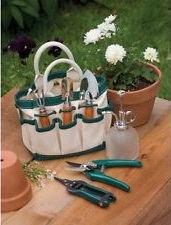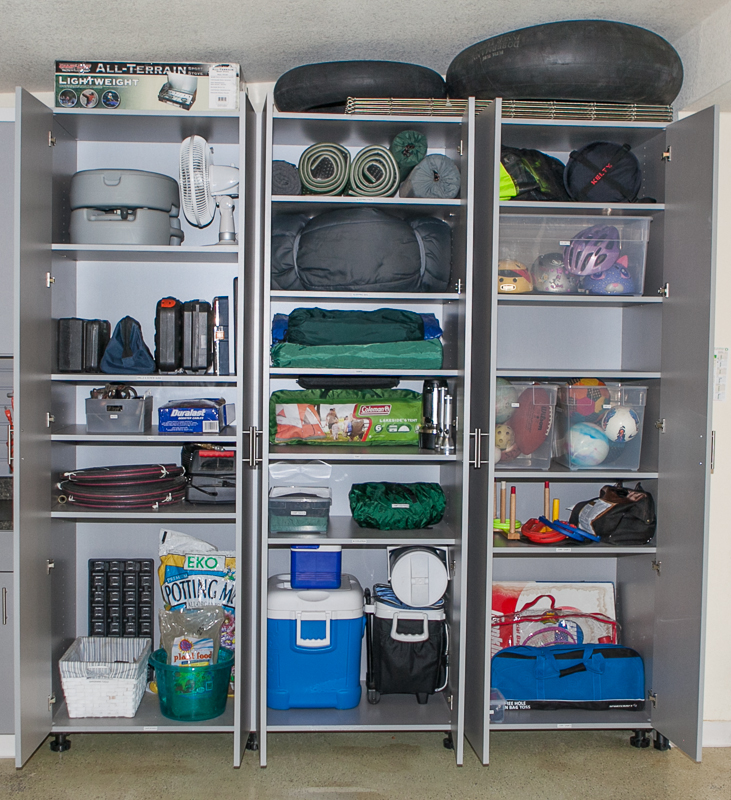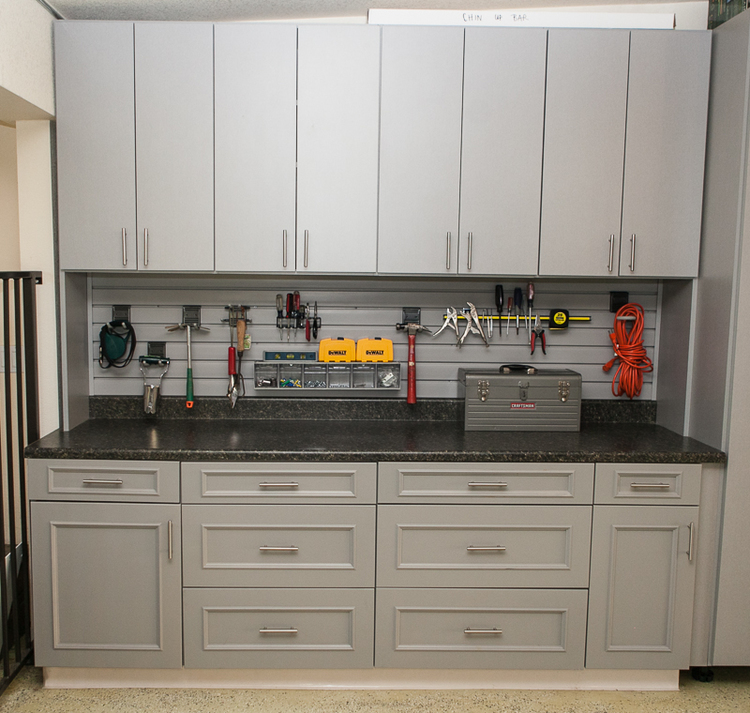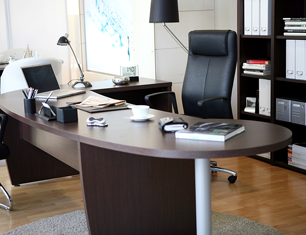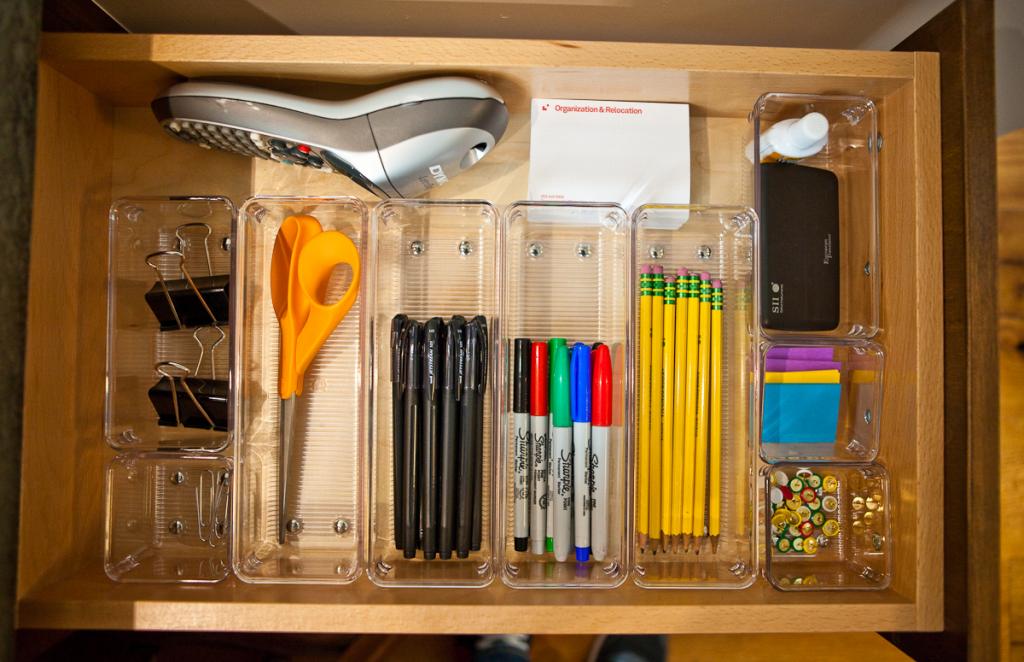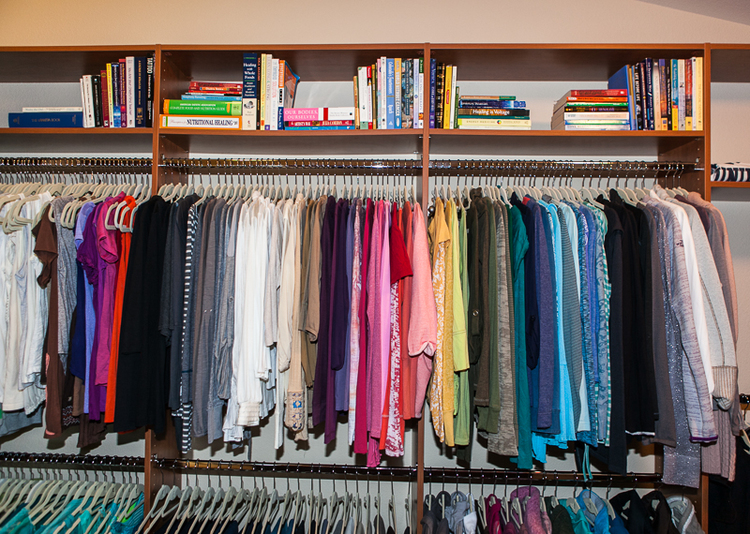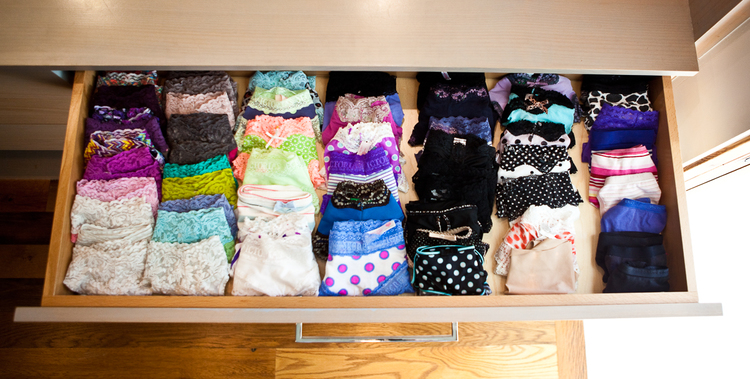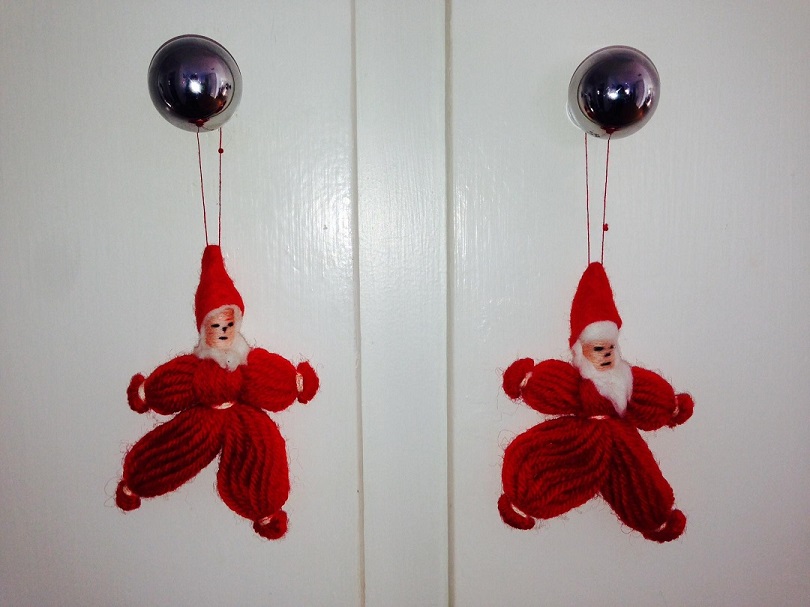Storing Schoolwork, Artistic Masterpieces, and Precious Papers... Oh My!
/You know the drill. The school year ends and your kids come home with the special things they’ve kept in the classroom all year; paintings, drawings, maps, awards, reports, essays, and projects. The really young ones want their creations hung up for the world to admire, and you can’t help but marvel as the years pass at how they’ve learned to sign their names, capture a flower, or draw a torso wearing a shirt instead of just a belly button.
The question is: what to do with it all?
Since we’re all about systems at Org&Relo, I’m going to offer up two--one soft, one hard--that might work for you to keep the kids’ paper tornado from taking over your house, one smiling stick figure at a time.
Soft Copy System
This solution is by far the least labor intensive--as well as being a space saver. The art or schoolwork comes through the door, gets photographed, gets stored in a file on your computer, and the hard copy gets tossed. No fuss, no muss! But if throwing away your mini Picasso’s work breaks your heart, you might consider the next option.
Hard Copy System
Designate a Temporary Holding Station
You can use a magazine box, a file folder, or a clear plastic box with a lid--whatever you choose, assign one for each child. For larger artwork, we recommend the underbed drawer from The Container Store. Then as the papers arrive during the year, you can decide with your child what’s special enough to keep and store it inside. (A good rule of thumb is that if it’s deserving enough to be in a frame or photo album, it stays.) This helps them choose what is valuable to them and also helps them learn how to let go of things that don’t have a gold star in their eyes.
Date... Everything!
If items aren’t dated, take a moment to add a date on the back of each paper. This will keep a chronology of your child’s progress and will make the pile easier to sort when it comes time to create a more permanent home.
Sort with Your Child’s Help
Once the end of the school year arrives and you’ve gathered the full nine months of your child’s precious papers, sit down with him or her and go through what you’ve kept during the year. Sometimes it’s easier to purge when the entire collection is in one place. Encourage your child to think about what’s important to keep and what he or she won’t miss if it’s added to the recycle bin.
Use a Binder and Sheet Protectors
Assign a large binder and insert the art into sheet protectors. Use tabs to label by year or semester. Since binders are bulky and take up valuable storage, you only want to have one per child (which also helps in the winnowing process). I’m not usually a fan of binders; some people like to jam them with random papers they don’t want to go through and then use them as an excuse to look organized. (You know who you are!)Keep in mind that this won’t be something that just gets shoved away in a dark closet. They are keepsakes that kids revisit to examine their growth and progress.
Once you’ve created this system, it’s easy to add to it as the papers arrive home. If that works, you could give up the holding station and just keep the binder stacked with empty sheet protectors. You can create the same hard-copy system using a file box with folders for each child, but it doesn’t make it as easy for them to pull out and examine like a photo album.
Neither of these systems accounts for the inevitable 3-D artwork made from clay, papier-maché, or other mystery substances. Professional Organizer Peter Walsh has views on those: “If you or your child really want to hold on to the piece, make sure that it is displayed in a way that not only honors its importance but also protects it from dust and damage. If a piece is not honored and respected then it has no place in your home--whether it's a science project or a family heirloom.”
Touché! I couldn’t agree more.
Happy Organizing!










